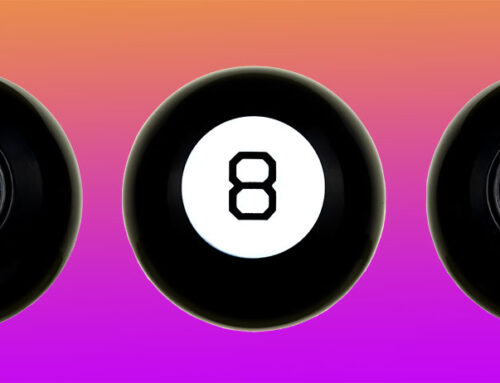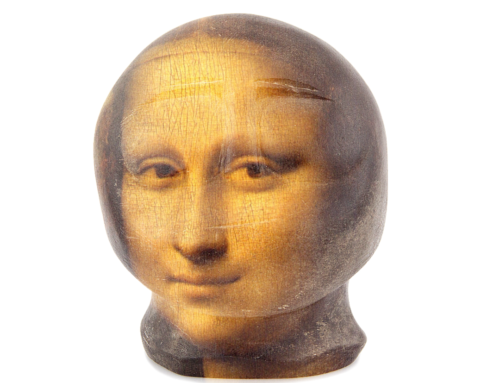There can be no progress in life without transitions – the ability to move from one state to another. The transitions can be physical, emotional, intellectual, whatever.
If not for evolution, Earth would be lifeless. Evolution is all about transitions in genetics resulting in new species. Without mutations – biochemical changes in DNA – there would be no diversity, no adaptation, and no evolutionary tree. We would not be. The irony and beauty of this is that these life sustaining genetic changes occur by accident, so don’t blame anyone for them. What I find also ironic is that failing to complete developmental changes has been at the heart of evolution. Although definitive proof is elusive and ideas are continually modified with new information, the prevailing thought to the best of my knowledge is that the jump from the invertebrate tunicate into the vertebrate lineage (via the protochordates) occurred by sexual maturation of the tunicate larva by a process called neoteny. Imagine, from fetus to adult! Bam! Now there’s an unexpected transition!
Famous transitions in literature often occur with no explanation, no genetics to study as their root causes. In Jose Saramago’s novel, Blindness, an insidious disease strikes at random and blinds its victims instantaneously. The story begins by a driver refusing to advance when the light turns green, which he can’t see because he had become blind from one second to the next. Widespread panic ensues as the blinding epidemic spreads, civility collapses and the government becomes increasingly repressive to control an unraveling social order. Finally, the pandemic ends, the victims regain their sight and the battered world continues. The cause of the disease or its recovery remains mysterious, and so the story focuses on the consequences of the transition from vision to blindness.
The most famous literary transition is Franz Kafka’s Metamorphosis. The first sentence reads, “As Gregor Samsa awoke one morning from uneasy dreams he found himself transformed in his bed into a gigantic insect.”
The transition from man to insect magically occurred before the story begins and we have no idea how the transformation took place. However, Gregor, the insect, continues to think and suffer and struggle as he did when he was a troubled human being. Gregor has two faces: one looks backwards at his human past, while the other sees his present and uncertain future as an insect. The heavy weight of our empathy is that Gregor faces both difficult past and sad present simultaneously. The transition provided two faces that drive the story.

Axolotl, Photo by Orizatriz – Own work, Creative Commons
Unexpected transitions pepper and enrich literature, and the idea of looking forward and backward at the same time is a powerful element connected directly with transitions. Jose Cortázar brilliantly expresses transitioning in the short story Axolotl. An axolotl is also known as a Mexican salamander or Mexican walking fish; neither are biologically correct.
Axolotls are weird, wonderful amphibians that reach adulthood without metamorphosing to complete their development, resulting in a developmentally arrested transition as occurs in the larval tunicates that transitioned to vertebrates. Axolotls move to land, retain larval gills instead of developing lungs and thus remain aquatic. In Cortázar’s story, and what a gem it is, the protagonist is obsessed by an axolotl in an aquarium. He puts his face against the glass and seamlessly transforms into the axolotl looking out at himself. The transition involves a change from human to amphibian. The power of the transition is that the protagonist looks ahead at the axolotl with one face when he is outside the aquarium, and then he looks back at himself through another face, that of an axolotl, when he finds himself in the aquarium looking out. I doubt the story would have the same impact if transformed axolotl didn’t also look back at himself as a man.
In Immobilon, a short story I’m including in my story collection, Syd, a middle-aged accountant becomes paralyzed by a mysterious disease that paralyzes him instantly while standing up in his study at home surrounded by his collection of Inuit sculptures. When trapped alone and unable to move among his sculptures, Syd hears them speak to him and to each other for the first time. He had never taken the time to recognize this living aspect of his treasured collection of stone carvings. Paralysis – the transition from an active to immobile state – gave Syd “quiet time,” as it were, to appreciate what he had but was too busy to recognize before. But it’s the two faces again that drives this story. One face allows him to look to the past and understand it for the first time, even if with regret, while the other face sees the present and the hopeless future that he can do nothing about. In this sense, Syd is comparable to Kafka’s Gregor, the insect who sees an unsatisfactory past and a hopeless future. Both Gregor and Syd are stuck in a similar transitional dilemma of seeing in two directions. Being paralyzed without the two faces would have much less meaning.
The main Inuit sculpture that paralyzed Syd communicates with in the story is called Janus, from the Roman myth of the doorkeeper with two faces, one looking back and another looking ahead. The short story is a paradox of transitioning by standing still – looking backwards and forwards simultaneously – of having two faces peering in different directions linked to one brain. Syd moves forward – grows – because he stands still.
A final comment on transitions is about me. After some 50 years of science, I closed my research laboratory and devoted my time to writing as well as to my growing Inuit art collection. The transition from government-employed scientist to retired writer and collector is at first blush an extreme transition. But as I describe in my memoir, the subject matter can be very different, but I always remain the same person, the same way of thinking, my two faces looking back and looking ahead, haven’t changed. I write about the feelings and thoughts I had as a scientist, and I collect little-known Inuit art with the same passion that I did when I did research on esoteric eyes of scallops and jellyfish in science.
So, transitions may activate the two faces of the past and present/future in a way that leads to new insights, but, as for my experience, they have as much a role in understanding the character one is more completely.






Leave A Comment